SoftBank Bets on ABB Robots, Shifting AI’s Center of Gravity Toward “Actionable Intelligence”
Input
Modified
Integration of AI, semiconductors, and robotics into one ecosystem
AI market shifts focus from generative to actionable intelligence
Tesla seeks to define the industrial standard with “AI + humanoids”
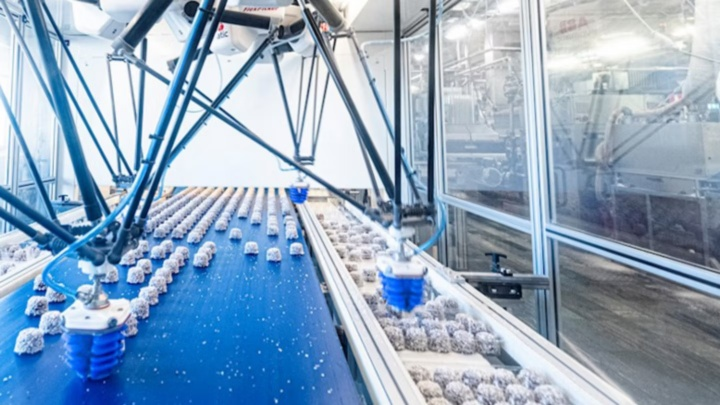
SoftBank has launched a full-fledged physical AI strategy by acquiring ABB’s industrial robotics business, marking a new phase in Chairman Masayoshi Son’s pursuit of “actionable” artificial intelligence. As global giants like Tesla, Nvidia, and Meta race to dominate the humanoid robot sector, the United States and China are splitting into two camps—one focused on performance, the other on mass production. The convergence of industrial automation and autonomous control now signals not just a technological advance but a fundamental transformation of industrial paradigms.
Expanding into industrial automation and beyond
On October 12, Bloomberg and other outlets reported that SoftBank, led by Masayoshi Son, will acquire the industrial robotics division of Switzerland’s Asea Brown Boveri (ABB) for USD 5.375 billion. With more than 7,000 employees and production bases in 53 countries, ABB’s robotics arm supplies precision robotic arms and automation systems to major European automakers and manufacturers, including BMW. As the global industrial automation market grows at roughly 8 percent annually, the deal places SoftBank directly into a sector valued at USD 75 billion.
For SoftBank, the ABB acquisition represents far more than the purchase of manufacturing assets. “We are commercializing AI through its physical embodiment,” Son said, calling the deal “the starting point of the physical AI era.” The move extends SoftBank’s ongoing “Stargate Project” with OpenAI and Oracle, aimed at creating an integrated industrial ecosystem where AI-designed systems are executed by intelligent machines. SoftBank has already consolidated its robotics holdings under a new parent entity, Robo HD, bringing together more than ten companies including Skilled AI, Berkshire Grey, and Agile Robots.
Once completed, the acquisition will link SoftBank’s three core technology pillars—AI, semiconductors, and robotics—into a unified platform. The group already controls chip designer Arm and holds equity in OpenAI. By adding ABB’s robotics business, SoftBank will possess a vertically integrated ecosystem spanning both AI software and hardware. Market observers see the deal as a revival of Son’s long-dormant robotics vision, first embodied in Pepper a decade ago.
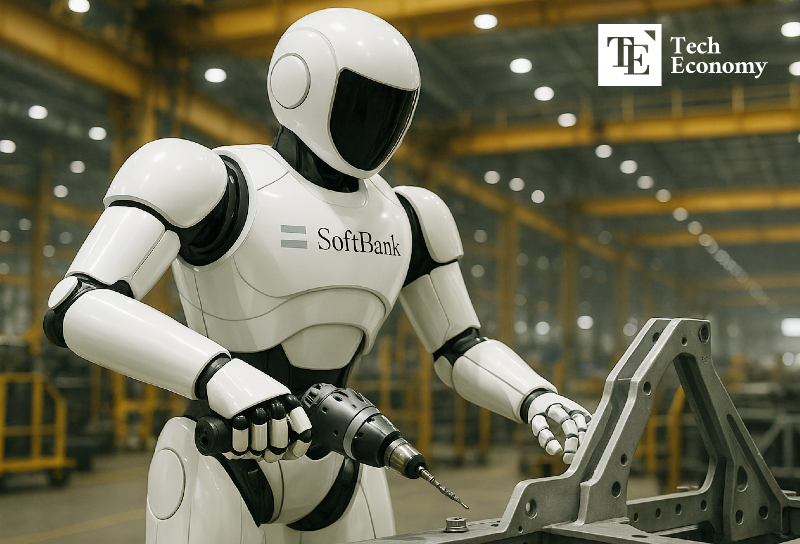
Industrial robots expand into logistics, manufacturing, and healthcare
SoftBank’s latest move underscores a broader shift in the global AI landscape—from software-centric to physical AI. This new generation of AI perceives and interprets complex, unstructured data from real-world environments in real time, allowing robots and sensors to analyze, decide, and act autonomously. At CES 2025 in Las Vegas this January, Nvidia CEO Jensen Huang accelerated this narrative, declaring, “AI has now reached the stage where it moves the world.”
Physical AI distinguishes itself by extending the reach of generative AI—previously limited to text, images, and language—into control of real-world physical variables. Industrial robots are evolving beyond repetitive labor into systems capable of defect detection, process optimization, and safety management—machines that think and act on their own. This shift heralds a structural transformation across manufacturing, logistics, construction, and healthcare. As physical AI adoption deepens, automation grows more precise while energy efficiency and resource utilization improve. Once confined to simple mechanical control, automation systems are now becoming intelligent, self-optimizing industrial frameworks guided by AI’s reasoning and execution capabilities.
At the core of this transition is action, not just learning. Nvidia’s industrial-robot platform trains systems to replicate human motion using visual, auditory, and spatial data, while autonomous vehicles analyze complex datasets to predict road conditions and determine routes independently. These technologies are spreading across manufacturing, medicine, agriculture, and logistics, promising new engines of growth that enhance efficiency, safety, and productivity simultaneously. The rise of physical AI thus marks not merely a technological evolution but another industrial revolution—one in which AI actively intervenes in the physical world.
Physical AI emerges as the next strategic battlefield
As AI’s “physical implementation” stage draws closer, the rivalry between the United States and China over humanoid robotics is intensifying. In the U.S., Tesla has unveiled plans for mass production of its humanoid robot Optimus, confirming the launch of the second-generation prototype in 2026 and targeting annual output of 500,000 units by 2027. The robots, now piloted at Tesla’s own factories, will be sold commercially beginning in 2026.
Meta and Apple have also entered the humanoid arena with distinct approaches. Meta formed a dedicated consumer-robotics division in February to leverage its Llama AI platform, while Apple is developing humanoids integrating its hardware and AI software capabilities. In addition, U.S. startups such as Apptronik are partnering with NASA and Google DeepMind to advance robotic-control AI.
In China, Agibot secured funding from BYD and Hongshan Capital to achieve mass production of humanoid robots last December, while Unitree launched its G1 humanoid model at roughly USD 15,000, pushing a mainstream affordability strategy. Notably, many Chinese developers are releasing open-source AI training data to cultivate a collaborative development ecosystem. Leveraging that foundation, China aims to expand humanoid applications across industrial and service sectors through advanced perception and precision-control integration.
Analysts believe the decisive factor in the physical-AI race will be ecosystem gravity. With Tesla’s large-scale manufacturing plan on one side and China’s open-source model on the other, the speed of industrial humanoid adoption will depend heavily on regulatory alignment, cost curves, and the establishment of service-based maintenance models. Ultimately, competitiveness will hinge on which company secures the most real-world references and proves cost efficiency through combined software updates and remote operations. Firms that lock in large-scale demonstration projects and long-term maintenance contracts are expected to seize market leadership in this emerging era of actionable intelligence.


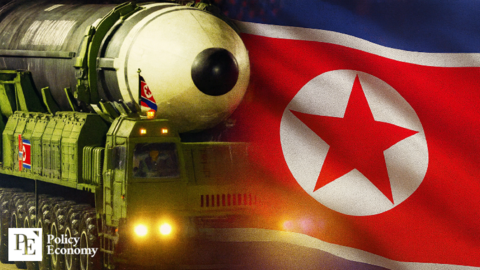

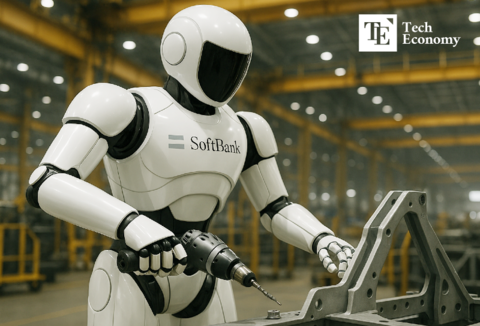
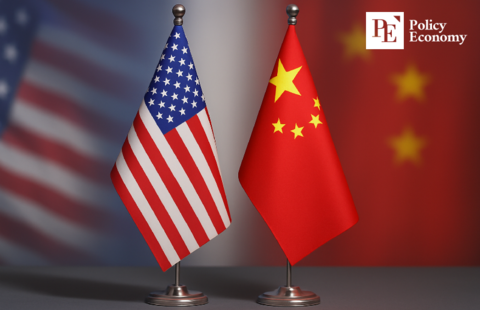

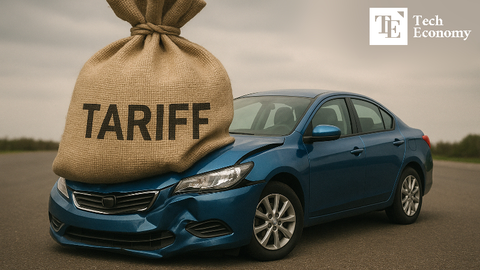
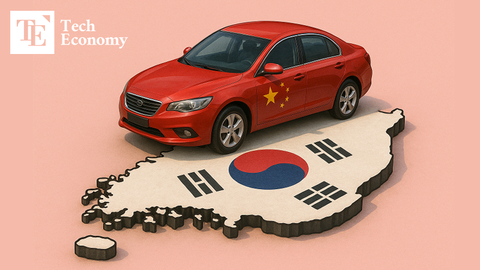
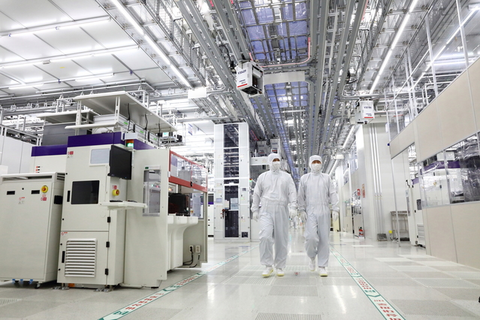












Comment